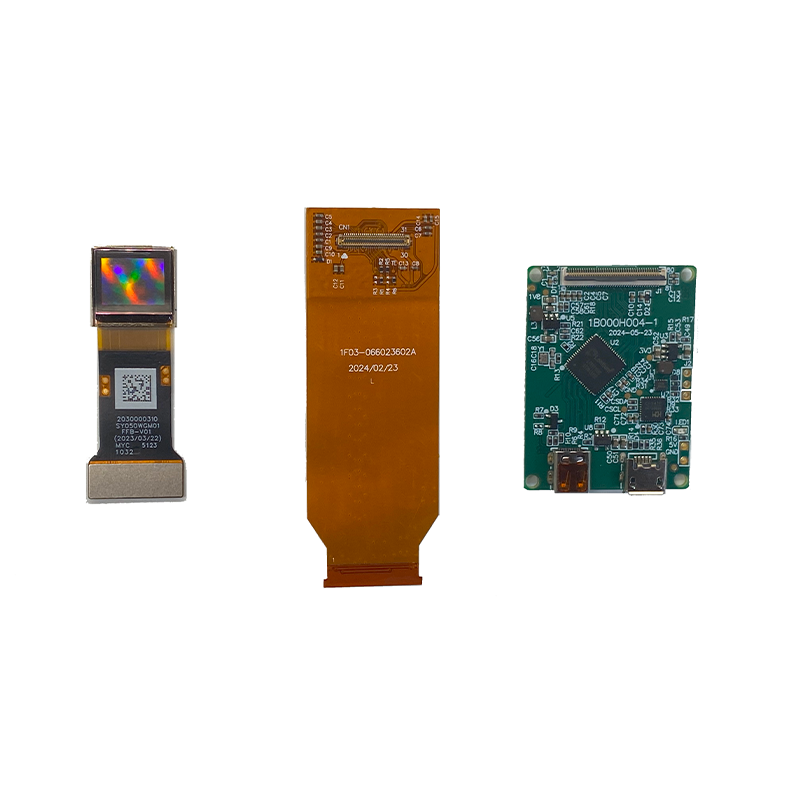"High-Performance Micro OLED Displays for Precision Applications"
"Your Trusted Micro OLED Displays and Custom HDMI Partner
Choose Your Micro OLED Display
A micro OLED display is an OLED (organic light-emitting diode) display that uses smaller pixels and panels to create high-resolution images. Micro OLED displays are also known as OLEDoS or OLED microdisplays.
MicroOLED displays offer high PPI (pixel density), high integration, and small size. This ensures they are easily portable, have good shock resistance, and have ultra-low power consumption. MicroOLED displays are mainly used in immersive and see-through applications such as augmented reality and virtual reality devices, telescopes, microscopes, and FPVs.
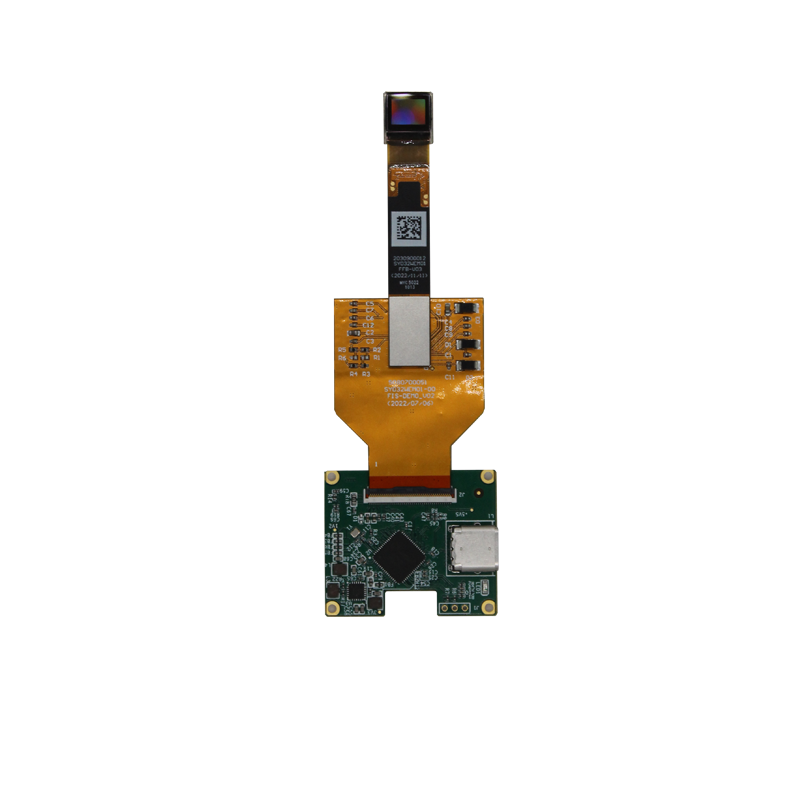
0.32inch Micro OLED Display
- Resolution: 1920*1080
- Interface: I2C+RGB or MIPI
- Brightness: 1800nit
- Frame Rate: 50Hz~120Hz
- Temperature: -40°C to +80°C
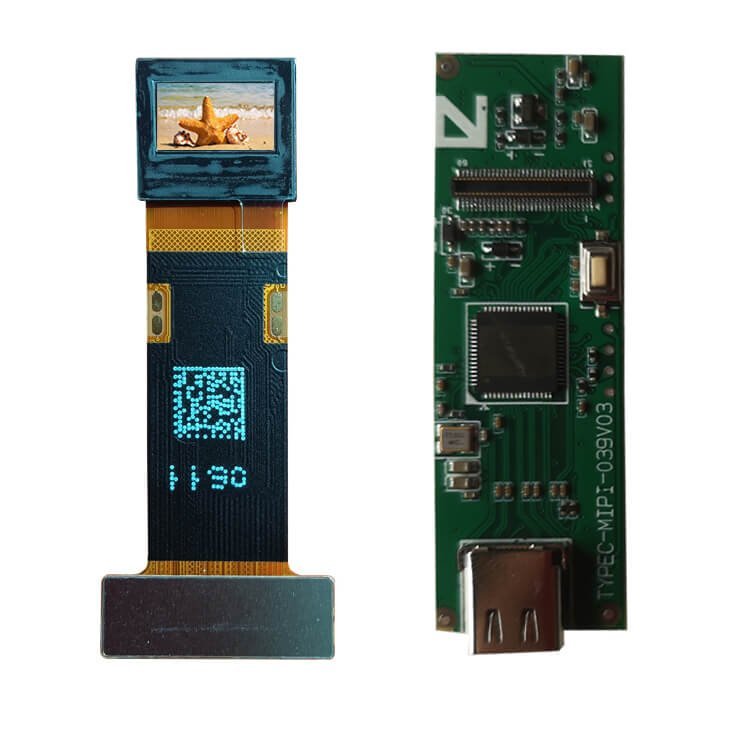
0.39inch Micro OLED Display
- Resolution: 1920*1080
- Interface: MIPI
- Brightness: 300nit
- Frame Rate: 60Hz~90Hz
- Temperature: -40°C to +80°C
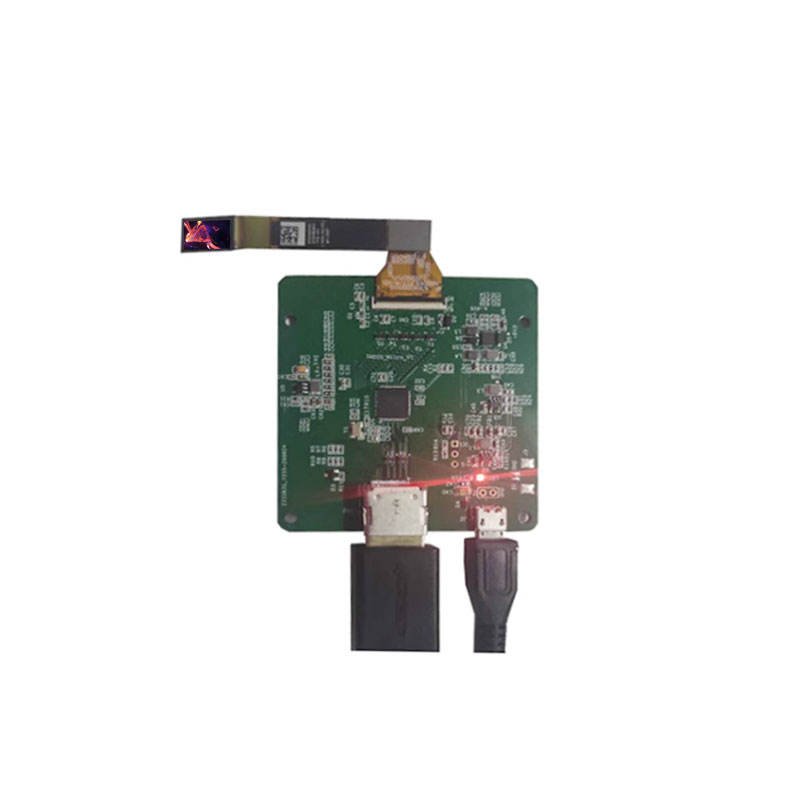
0.49inch Micro OLED Display
- Resolution: 1920*1080
- Interface: MIPI
- Brightness: 1800nit
- Frame Rate: 60Hz~90Hz
- Temperature: -40°C to +80°C
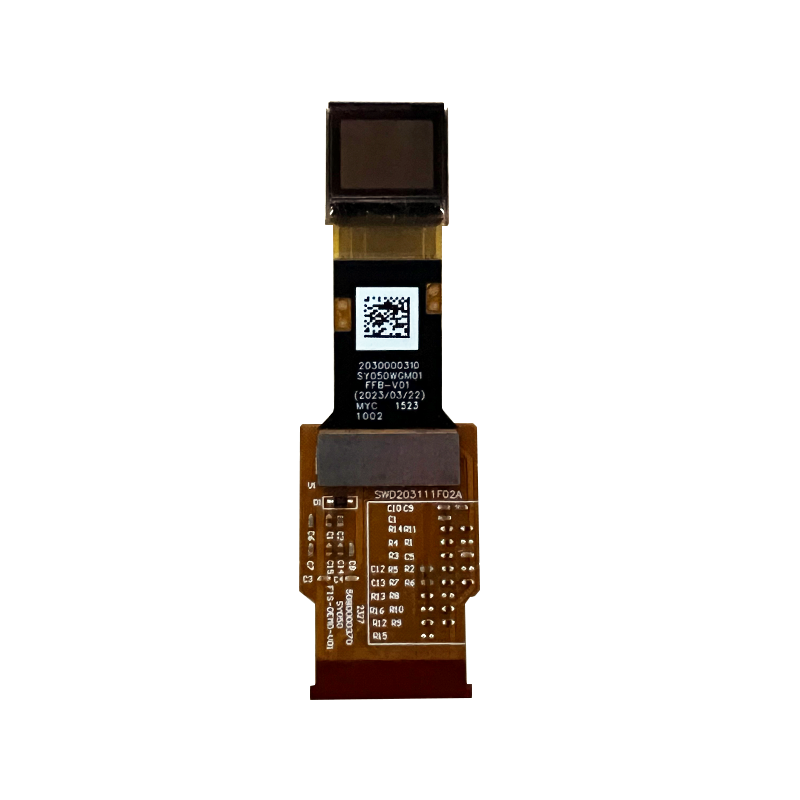
0.5inch Micro OLED Display
- Resolution: 1600*1200
- Interface: MIPI
- Brightness: 1000nit
- Frame Rate: 60Hz~120Hz
- Temperature: -40°C to +80°C
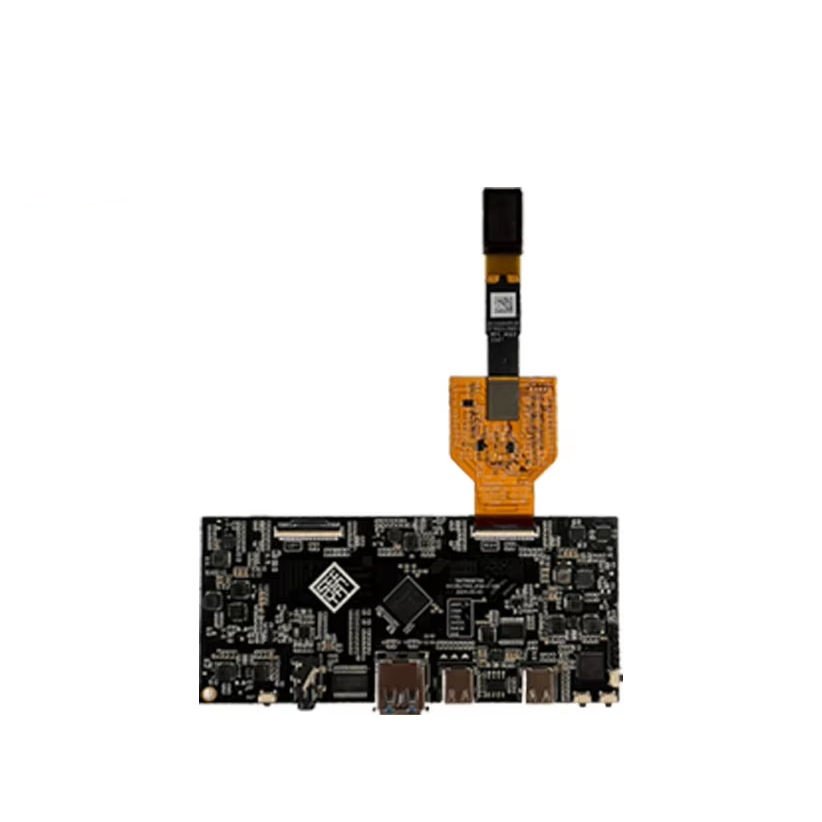
0.6inch Micro OLED Display
- Resolution: 1920*1080
- Interface: I2C or MIPI
- Brightness: 6000nit
- Frame Rate: Up to 120Hz
- Temperature: -40°C to +80°C
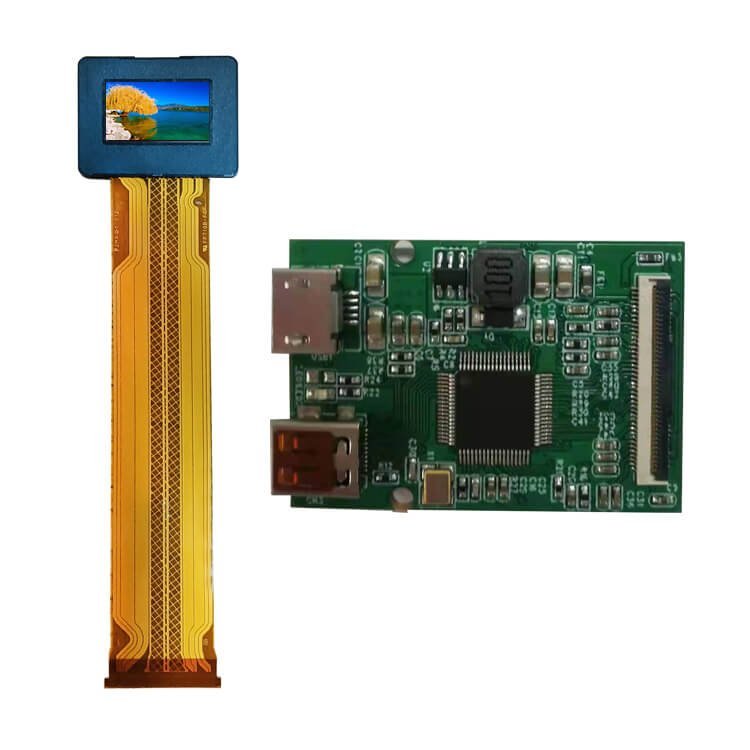
0.71inch Micro OLED Display
- Resolution: 1920*1080
- Interface: LVDS
- Brightness: 300nit
- Frame Rate: 60Hz
- Temperature: -40°C to +80°C
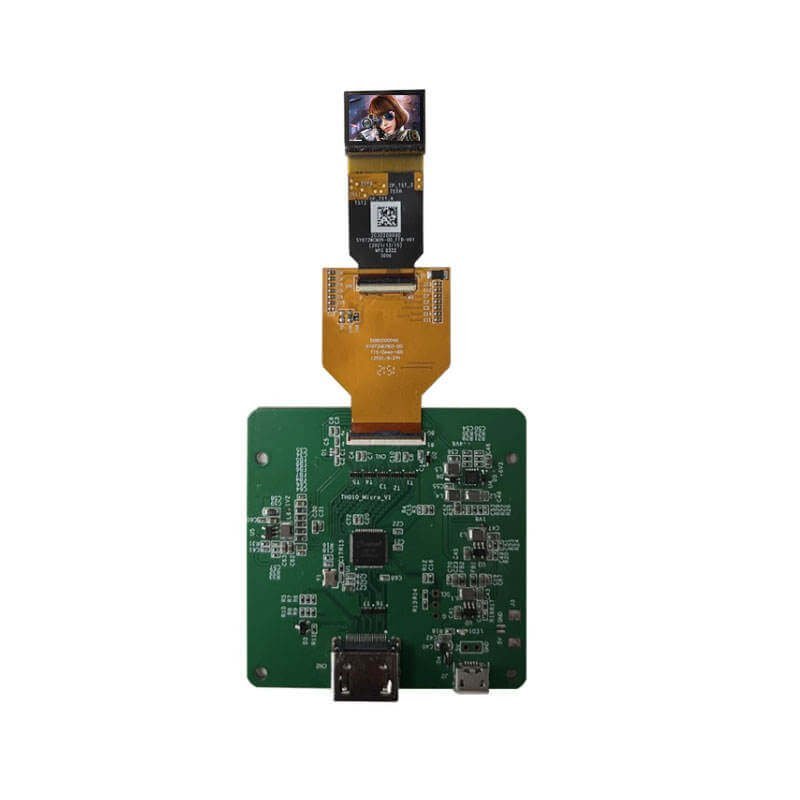
0.72inch Micro OLED Display
- Resolution: 1920*1200
- Interface: MIPI
- Brightness: 2000nit
- Frame Rate: 50Hz~70Hz
- Temperature: -40°C to +80°C
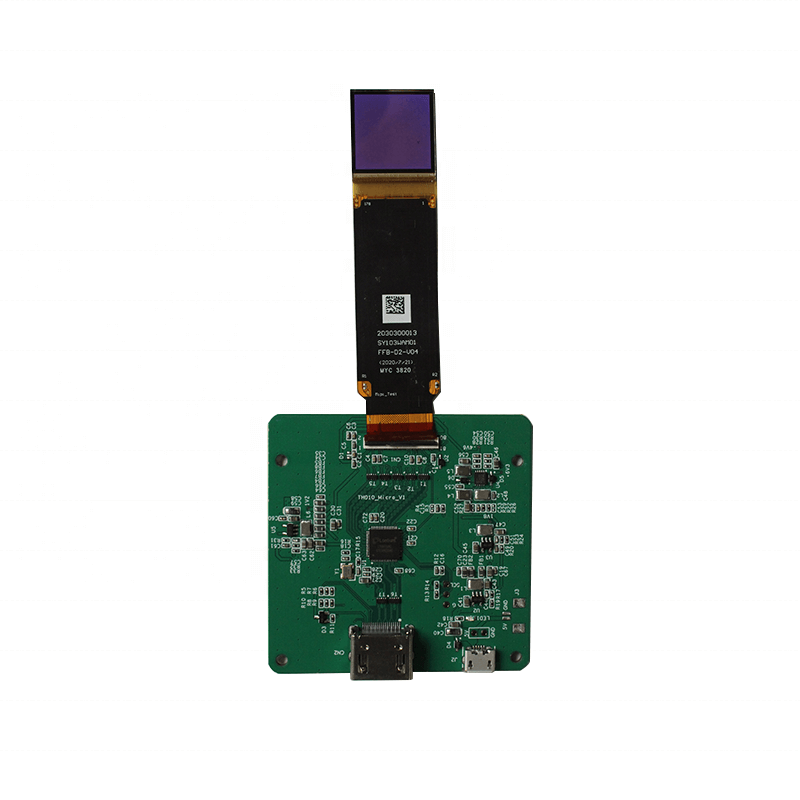
1.03inch Micro OLED Display
- Resolution: 2560*2560
- Interface: MIPI
- Brightness: 1800nit
- Frame Rate: 60HZ~90HZ
- Temperature: -40°C to +80°C
You May Need
Supporting Control Board To Accelerate Your Development
Easy to make microdisplay work!
- HDMI/ TYPE-C Single& Dual Driver Board
- HDMI Cables
- Eyepiece& Lens
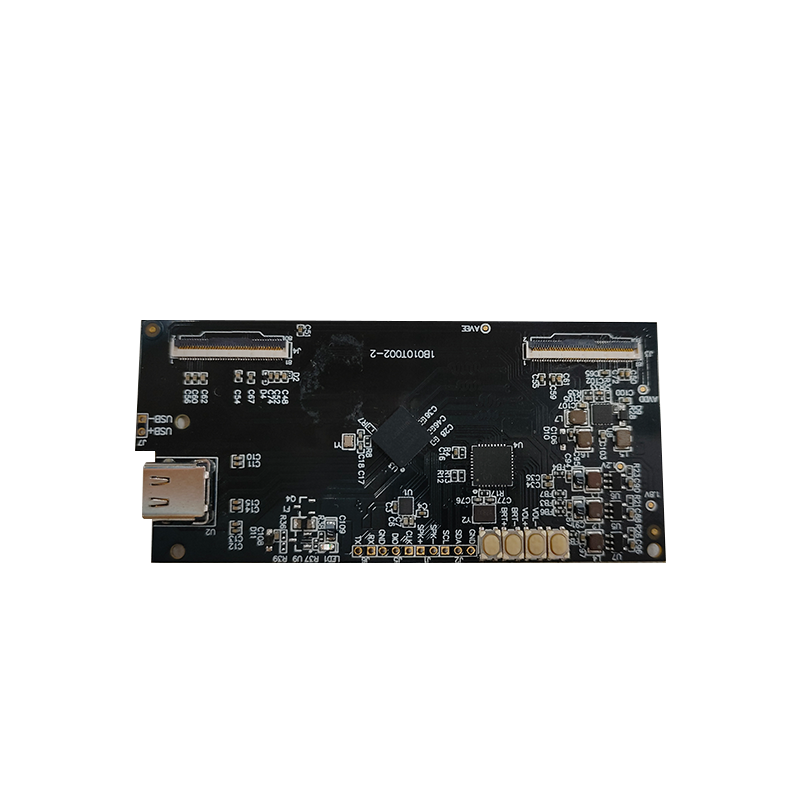
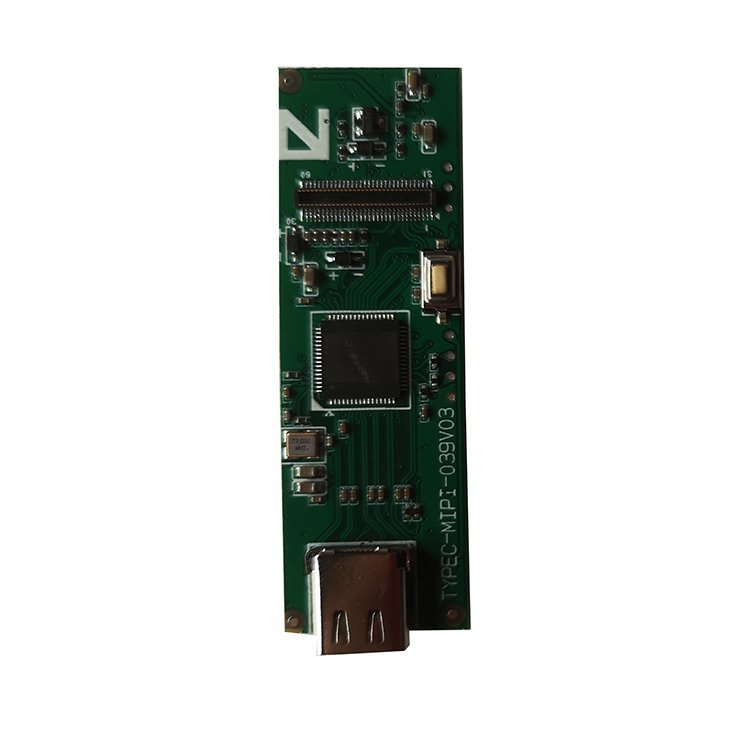
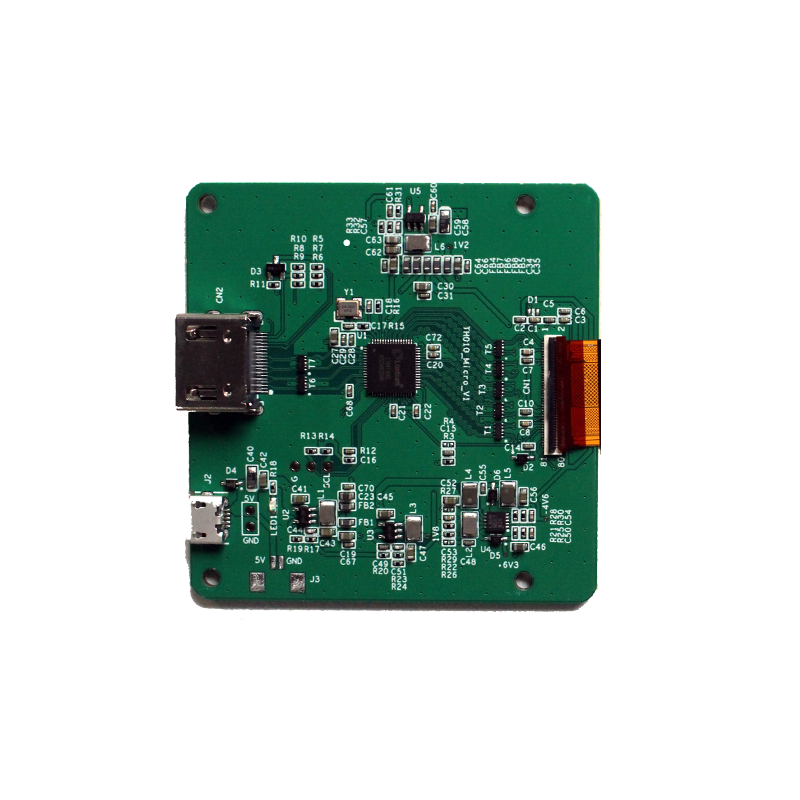
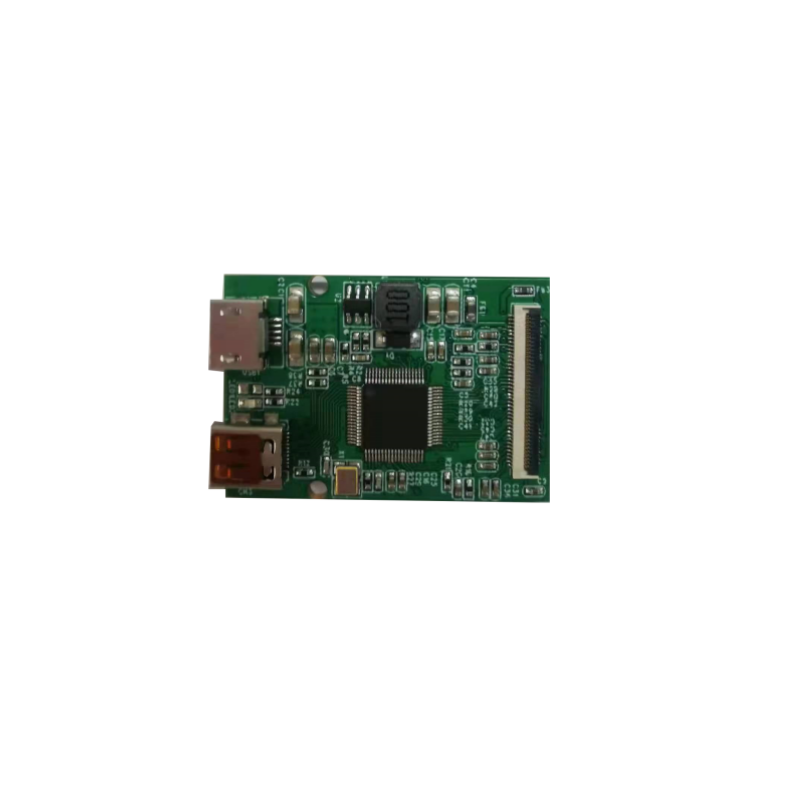
- HDMI/ TYPE-C Driver Board
We have different Driver Boards for microdisplays.
- There is a type-c driver board 0.39inch microdisplay
- Type-c & HDMI Driver board for 0.32inch microdisplay
- Type-c & HDMI Driver board for 0.49inch microdisplay
- Type-c & HDMI Driver board for 0.5inch microdisplay
- HDMI Driver board for 0.71inch microdisplay
- Type-c & HDMI Driver board for 0.72inch microdisplay
- Type-c & HDMI Driver board for 0.83inch microdisplay
- Type-c & HDMI Driver board for 1.03inch microdisplay
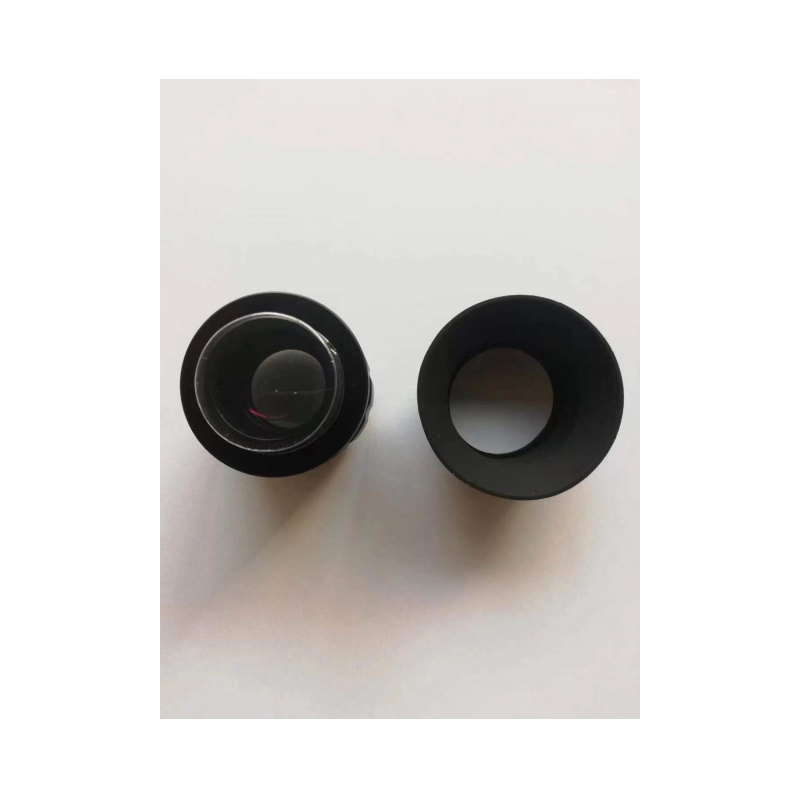
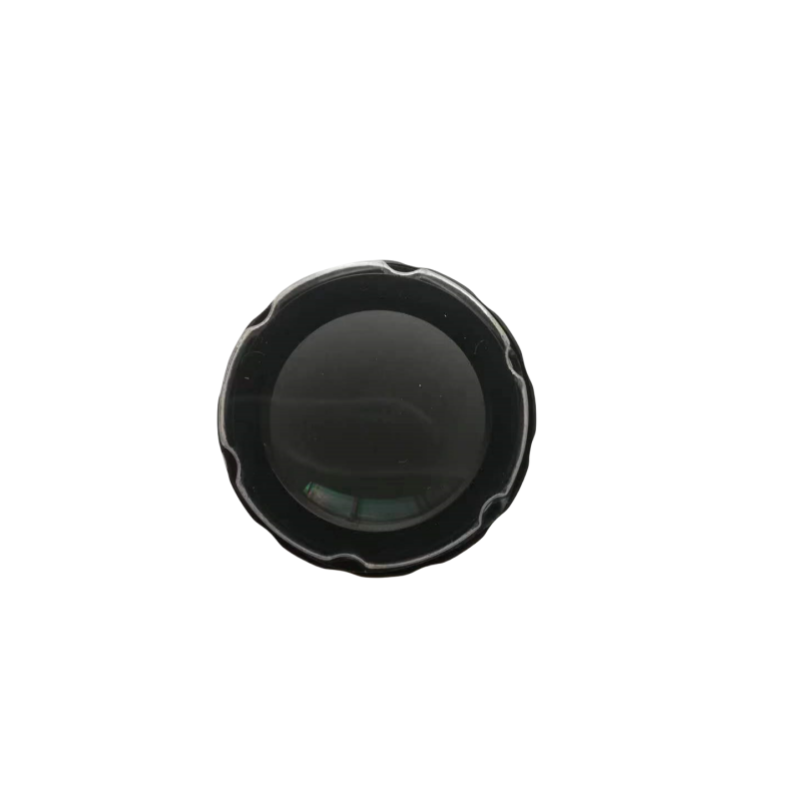
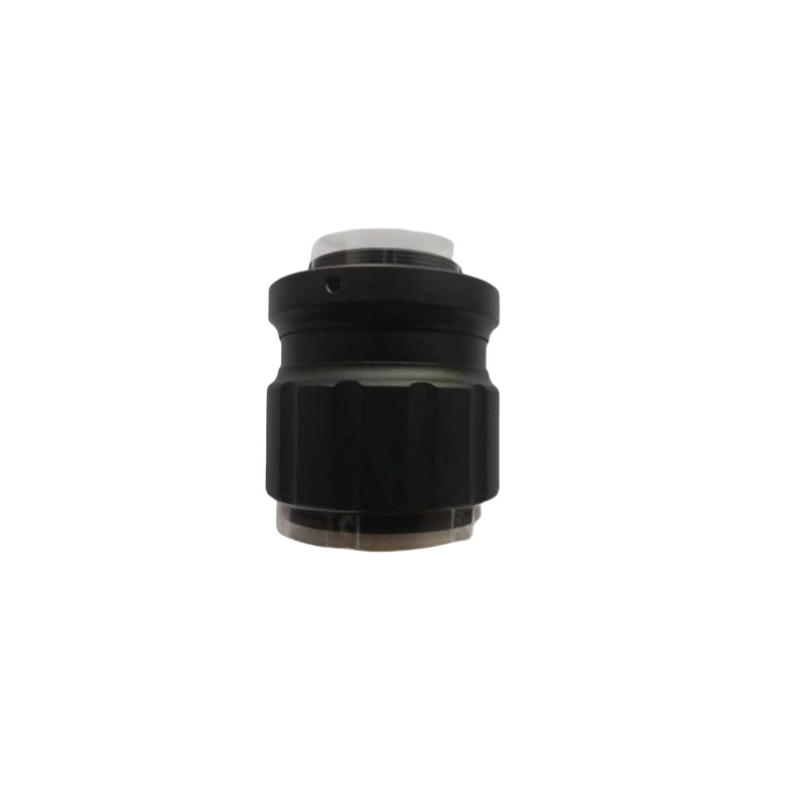
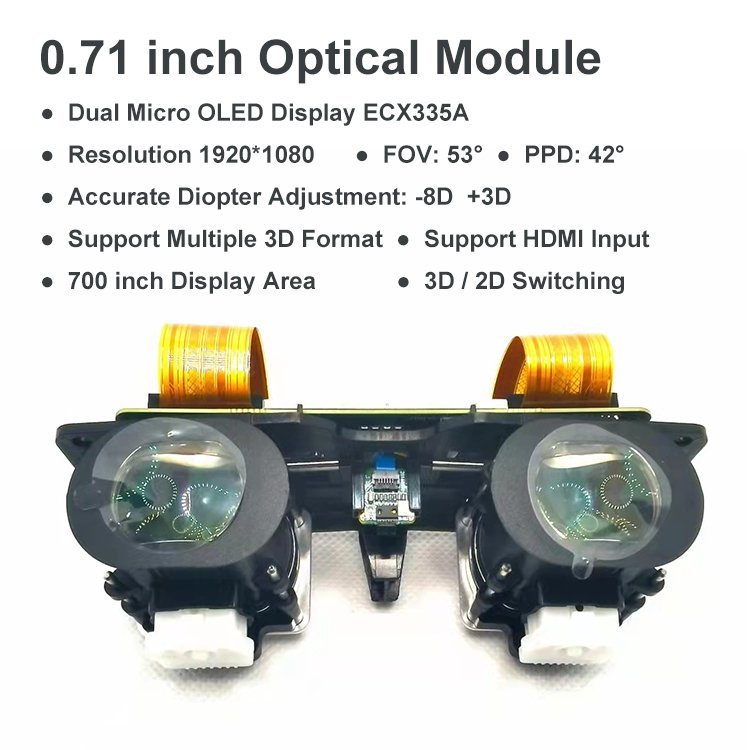
2. Eyepiece& Ocular Lens
An eyepiece, or ocular lens, is a type of lens attached to various optical devices such as telescopes and microscopes. It is named because it is usually the lens that is closest to the eye when someone looks through an optical device to observe an object or sample. The objective lens or mirror collects light from an object or sample and brings it to focus creating an image of the object. The eyepiece is placed near the focal point of the objective to magnify this image to the eyes. (The eyepiece and the eye together make an image of the image created by the objective, on the eye’s retina.) The amount of magnification depends on the focal length of the eyepiece. (Wikipedia)
We can provide matched Eyepiece& Ocular Lens for your telescopes and microscopes projects.
Why Choose Micro OLED Displays
The Perfect Solution for Compact, High-Precision Devices

Benefit 1: Ultra-High Resolution
1. Up to 2560×2560 for crisp visuals in drones and scopes.
2. Ideal for military-grade targeting and surveillance.
Benefit 2: Compact Size
1. From 0.39″ to 0.72″ – fits seamlessly into small devices.
2. Our 0.49″ and 0.72″ displays lead the market in demand.
Benefit 3: Low Power Consumption
1. 150mW for extended operational life.
2. Perfect for portable military gear.
Benefit 4: Rugged Durability
1. Built for -40°C to +85°C environments.
2. MIL-STD-810 tested for military reliability.
Our Featured Products
"Tailored Micro OLED Solutions for Your Needs"
0.49" Micro OLED Display 1920*1080
0.72" Micro OLED Display 1920*1200
0.39" Micro OLED
0.71" Micro OLED
End-to-End Integration for Your Projects
Beyond Displays – Custom HDMI & PCB Solutions
Custom Your Own Board
Feature 1: “Custom HDMI Boards”
“Seamless integration with 0.49″ and 0.72″ displays.”
“Successfully deployed in military applications.”
Feature 2: “PCB Design Expertise”
“Tailored to your device specs – from drones to scopes.”
“Full technical support included.”
Feature 3: “Proven Success”
“Delivered to several defense firms with zero defects.”
“Ready to scale your project.”
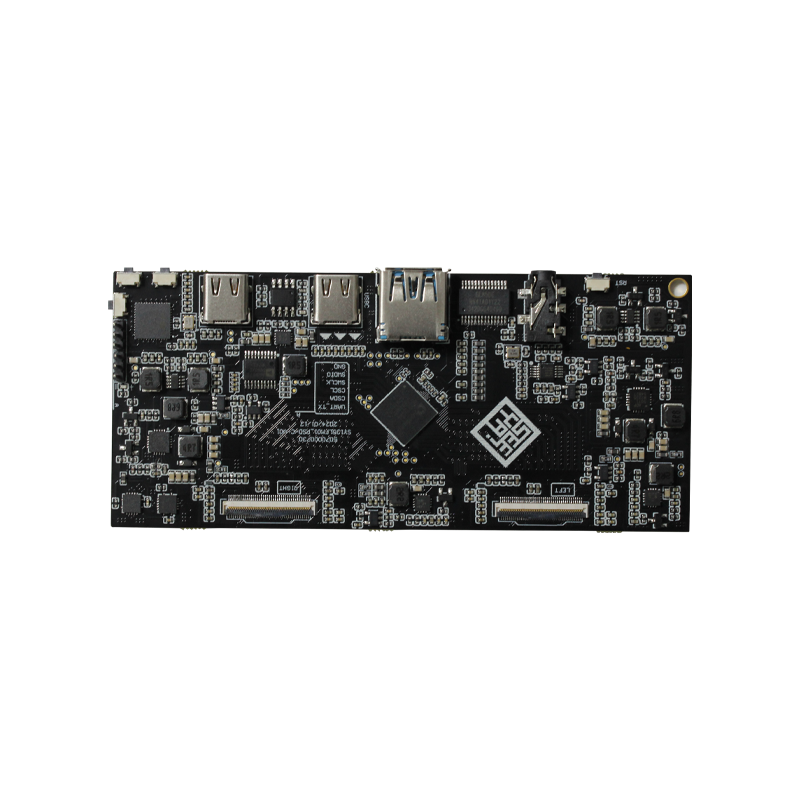
Supply Chain You Can Trust
Reliable Delivery, Competitive Pricing
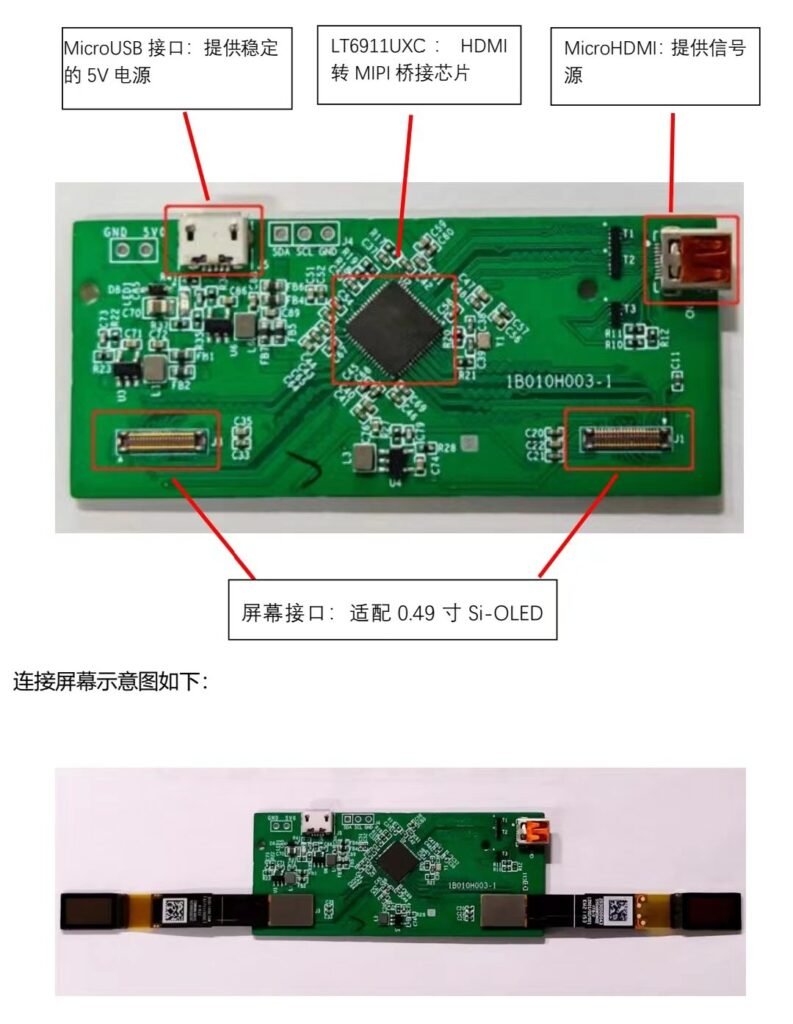
Fast Sample Delivery”
3-7 days for micro OLED Displays with standard HDMI Board samples.
100% Inspection before you commit and the shipment.
“Flexible MOQ”
Start with as few as 50 units for trials.
Scale to hundreds with ease.
“Competitive Pricing”
Best rates on 0.49″ and 0.72″ displays.
Bulk discounts available.
“Global Logistics”
Shipped to overseas with full export compliance.
Air and express options to meet your timeline.
Client Success Stories
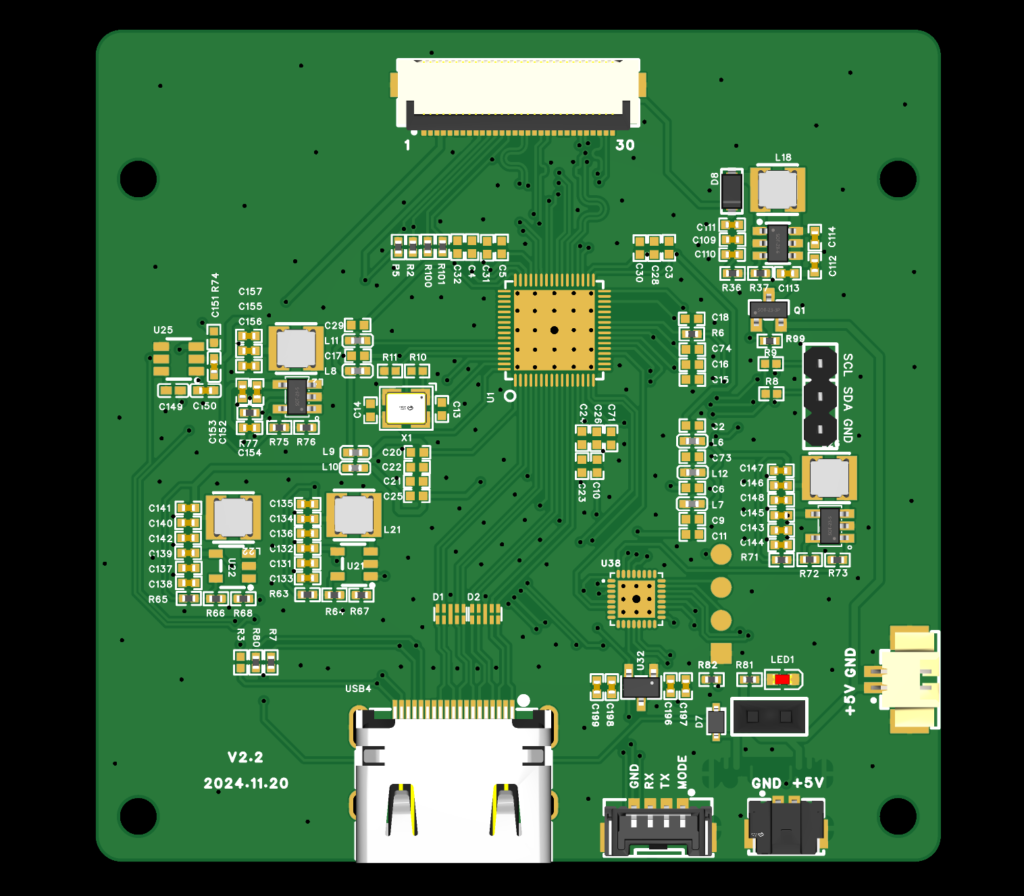
- Add an UART Interface controlling the brightness;
- Change the Power supply connector from USB to Molex;
- Change the UART brightness control interface to Molex;
- Add conformal coating to the board

- Add an UART Interface controlling the brightness;
- Change the Power supply connector from USB to Molex;
- Change the UART brightness control interface to Molex;
- Add conformal coating to the board
Main Application
Microdisplays are small displays, typically less than two inches in diagonal size. They can be either reflective or transmissive. Reflective microdisplays use tiny mirrors to direct light into the projection lens or the viewer’s lens.
First-person view (FPV)
First-person view (FPV), also known as remote-person view (RPV), or video piloting, is a method used to control a radio-controlled vehicle from the driver or pilot’s viewpoint. Most commonly it is used to pilot a radio-controlled aircraft or other type of unmanned aerial vehicle (UAV) such as a military drone. The operator gets a first-person perspective from an onboard camera that feeds video to FPV goggles or a monitor. More sophisticated setups include a pan-and-tilt gimbaled camera controlled by a gyroscope sensor in the pilot’s goggles and dual onboard cameras, enabling a true stereoscopic view.(Wikipedia)
Electronic Monocular& Electronic Binocular
Binoculars or field glasses are two refracting telescopes mounted side-by-side and aligned to point in the same direction, allowing the viewer to use both eyes (binocular vision) when viewing distant objects. Most binoculars can be held using both hands, although sizes vary widely from opera glasses to large pedestal-mounted military models.
Unlike a (monocular) telescope, binoculars give users a three-dimensional image: each eyepiece presents a slightly different image to each of the viewer’s eyes and the parallax allows the visual cortex to generate an impression of depth. (Wikipedia)
Night Vision Device
A night vision device (NVD), also known as a night vision/observation device (NOD) or night vision goggle (NVG), is an electro-optical device that displays an image in low-light conditions, thereby improving the user’s night vision. NVD images are typically monochromatic green, as green is considered the easiest color to see for long periods of darkness.
NVDs can be handheld or helmet-mounted, and some are firearm-mounted. They can be used in conjunction with a weapon sight or on their own. Technology continues to evolve, involving several “generations”[6] of NVDs, with increasing performance and decreasing prices. As a result, while they are commonly used by the military and law enforcement, civilian users can also use NVDs for applications such as aviation, piloting, and mine clearance. (Wikipedia)
There are 0.49-inch 1920*108 and 1.03-inch 2560*2560 mono Green Color Microdisplays for your reference.
Rifle sights/ Telescopic sight
A telescopic sight, commonly called a scope informally, is an optical sighting device based on a refracting telescope.[1] It is equipped with some form of a referencing pattern – known as a reticle – mounted in a focally appropriate position in its optical system to provide an accurate point of aim. Telescopic sights are used with all types of systems that require magnification in addition to reliable visual aiming, as opposed to non-magnifying iron sights, reflector (reflex) sights, holographic sights, or laser sights, and are most commonly found on long-barrel firearms, particularly rifles, usually via a scope mount. Similar devices are also found on other platforms such as artillery, tanks and even aircraft.[2][3] The optical components may be combined with optoelectronics to add night vision or smart device features. (Wikipedia)
Electronic viewfinders (EVFs)
An electronic viewfinder (EVF) is a camera viewfinder in which the image captured by the lens is displayed on a small screen (usually an LCD or OLED) that the photographer can view while composing the shot. It differs from the live preview screen in that it is smaller and not affected by ambient light, and may use less power. The sensor records the view through the lens, processes the view, and finally projects it onto a microdisplay that can be viewed through the eyepiece. OLED microdisplay for interchangeable lens mirrorless camera viewfinders (electronic viewfinders: EVF). Camera EVF (Electronic Viewfinder).
OLED microdisplays with higher resolution. Microdisplays offer higher image quality with their superior quality and high definition. (Wikipedia)
Virtual Reality/ Augmented Reality
Augmented reality is an interactive experience that enhances the real world with computer-generated perceptual information. Using software, apps, and hardware such as AR glasses, augmented reality overlays digital content onto real-life environments and objects.
Augmented reality is an interactive experience that enhances the real world with computer-generated perceptual information. Using software, apps, and hardware such as AR glasses, augmented reality overlays digital content onto real-life environments and objects. This enriches the user experience and turns one’s immediate surroundings into an interactive learning environment, particularly valuable in manufacturing and Industry 4.0 processes. It allows industrial users to become “one” with the systems and machines they work with, and to optimize and augment technology and IoT networks with human ingenuity, observation, and creativity.
Frequently asked questions
How Can I Place an Order?
For standard micro OLED displays/ microdisplays , we have samples in stock. The lead time is 3-7 working days for samples.
For bulk order, MOQ 50pcs or 50sets would be no problem. We accept small orders for trial order that to support our customers’ project and startup businesses.
And please share your shipping details and contact information, we will make a PI for the payment. Paypal, Wire transfer, and Credit card are available. DHL, FedEX, UPS are all available for the shipment.
How Long Is Your Warranty? What if I received no working display?
According to industry standards, our warranty is 12 months.(Non-artificial).
a. If the customer receives a damaged sample, please contact us directly. If there is stock, we will return it for free within 3 days after receiving the customer complaint.
b. Any non-human damage within the warranty period (12 months), we will produce and return for free within 2-3 weeks after receiving customer complaints and products returned by customers.
c. If it is man-made damage, we need to charge a certain fee to replenish the customer.
How can I light up the display?
There are two main methods to light up the display. For some enterprises, they would like to develop their own mainboard to test the display. In that case, we only need to provide the datasheet/ specification and the initilization code and debugging documents to them which will help them power up the display.
For quick evaluation, most customers will by an HDMI/ TYPE-C control board for faster test. In that case, we will provide an HDMI driver board& cable for sample tests.
In some cases, customers will not buy the standard driver board, they will provide their own drawing for the board, we will custom according to their requirements.
How Can I adjust the brightness via an HDMI Board?
At present, our company has two brightness adjustment solutions:
1. Burn existing firmware
The existing HDMI board has been burned with the program. Customers only need to burn the firmware we send you to achieve brightness changes. But the disadvantage is that the brightness firmware must be burned one by one and cannot be changed;
2. Add a chip for brightness control
By adding a chip for brightness control and a UART interface, customers can connect the HDMI board to the customer’s mainboard through a burning cable, thereby realizing the function of controlling the brightness by the mainboard.
Is there a MOQ? How Long The Display Will Be Produced?
There is No MOQ for samples evaluation. As for trial and mass production, 50pcs/sets would be okay.
The availability of microdisplays depends on the liquid crystal glass and driver IC. From the perspective of industry standards, both the glass and the driver IC can be used for 8-10 years. Once there is a change, we will notify you 6 months in advance and find a suitable solution to maintain the stability and continuity of the project.
How To Custom A New Board?
Before development, we need to know the terminal application of your products. In addition, we need to know the appearance structure& Outline dimensions, and main functions of the board, whether it is a simple adapter board or a functional development board(PCB), which is crucial for us to evaluate the project and cost. Generally, customers are required to provide simple drawings to facilitate engineers to confirm the mold details. The development cycle of the board is generally 4-6 weeks after the drawing is signed back as confirmation.
Let’s Build Your Next Project Together
Your Source for Micro OLED Displays and Custom Solutions
Are you having problems with Micro OLED Display solution development? Don’t worry, what you need is not a simple Micro OLED supplier, but a partner who can solve problems! We have been focusing on the Micro OLED display and HDMI board solutions for a long time, and can help you quickly solve problems, shorten the development cycle, and achieve a smooth transition from samples to mass production. Contact us now to find your best solution!
